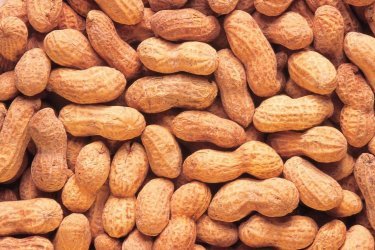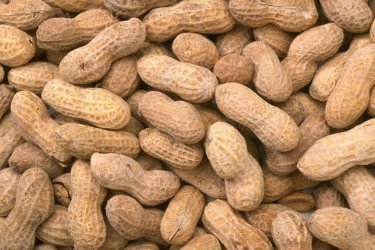Peanut
Everyone loves delicious peanuts. But few people know that you can grow them on your own plot. The variety, however, will need to be selected from the early ones so that it has time to ripen before autumn.
Peanuts belong to the legume family, their stem looks quite decorative, the height of the stem reaches 60 cm, but the length of the root is as much as one and a half meters. The upper part of the roots grows in diameter by a whole meter. In this way, the plant ensures its survival in severe drought conditions.
Peanut flowering continues from June until the onset of frost; young ovaries are gynophores, i.e. aerial roots that reach to the ground. Seed formation occurs underground, each formed bean contains from 1 to 4 seeds, which we call nuts.
Features of growing peanuts
The plant loves areas:
- well ventilated
- unshaded
- with light sandy loam soils containing large amounts of humus and calcium
It does not grow well in salty soils. The minimum temperature at which the plant can form fruits is +12 C, the best temperature for development is +25 C to 30 C.
The plant experiences a special need for watering during flowering and fruit formation. But when the temperature drops, excess moisture slows down the process of seed ripening.
Timely hilling of gynophora plants will speed up the onset of fruit formation; gynophora will be able to quickly reach the ground level and begin to grow into it. Hilling is carried out several times a season, preferably every 10 days.
An important point is compliance with crop rotation.
You need to carefully select a site for peanuts; it is better to plant them after:
- cabbage and cucumbers
- potatoes and tomatoes
You cannot sow after:
- beans or peas,
- legumes that contribute to the development of root rot
The plant prefers fertilizers rich in phosphorus.
How to plant peanuts
This moment raises many questions. First: how to plant peanuts with or without shells. You can sow peeled seeds, then the bean valves should also be thrown into the holes; fungal cultures live on the surface of the valves, which are very useful for the roots of the plant. If desired, the beans can be sown whole.
Question two: do you need to soak peanuts before planting? If we are talking about mid-latitudes, then definitely yes. Sprouted grains will greatly speed up the process of fruit ripening.
It is not at all difficult to germinate peanuts; the planting material is filled with warm water and left at room temperature. They often resort to growing peanut seedlings in cups.
Harvesting and storage
Peanut harvesting begins in the fall, before frost sets in. The resulting fruits are sorted, unripe and too small ones are discarded. The best are selected for seeds. You should know that they remain viable for 2-3 years.
Under favorable weather conditions and proper care, the peanut yield per acre can reach 10-15 kg.
For drying and storage, use warm rooms with good ventilation. In a cold, damp room, toxic mold forms on the surface of the beans, making them unfit for consumption.
Peanut nuts are highly valued because they rich in valuable nutrients. But those who like to eat peanuts should take into account the high calorie content of its fruits.



